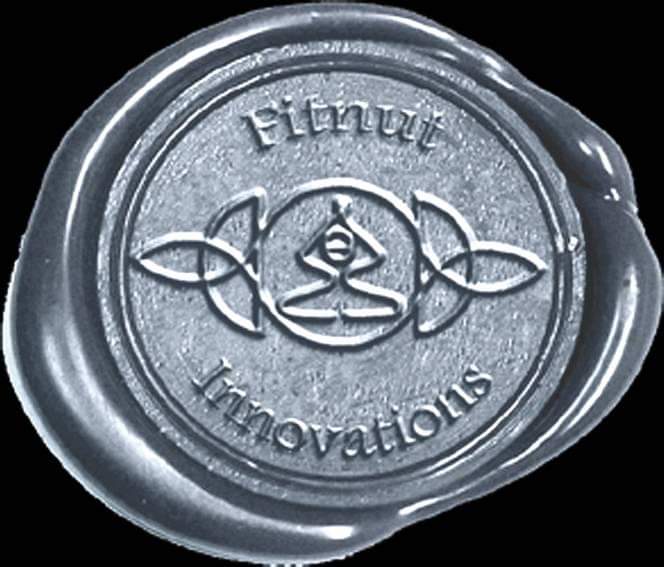- Fitnut Innovations

- Jun 11, 2024
- 2 min read
We grow up thinking people who are in their 40s and beyond are “old,” and before you realize it, you find yourself at that age. Then, you think to yourself, “Wait, I don’t feel old,” but your story depends on your lifestyle and how you’ve treated your body.
As we age, multiple factors impact our health and fitness including a natural decline in muscle mass and strength, known as sarcopenia. This can make it more challenging to maintain or build muscle and may affect everyday physical activity.
Metabolism also tends to slow down with age, which can lead to unwanted weight gain, particularly around the midsection, under the arms or bra line, and thighs. Because of this, women over 40 may find it more difficult to lose weight.
Additionally, aging can contribute to joint pain, stiffness, and a higher risk of conditions like osteoarthritis. These issues can impact your ability to perform certain exercise regimens and can require modifications to your training programs.
I always stress to people who are new to working out or haven’t done so in a while to hire a qualified trainer, fitness coach, or physical therapist to create a program that is appropriate and ensures proper form and execution to avoid injury.
Flexibility and mobility also tend to decline as women age, often leading to a reduced range of motion. This can make everyday activities like bending, lifting, and twisting more challenging and increase the risk of injuries to the lower back, hips, and knees.
Unless you have a very active job where you’re moving regularly, chances are you’re sitting six to eight hours a day. This results in increased muscle tightness and stiffness.
